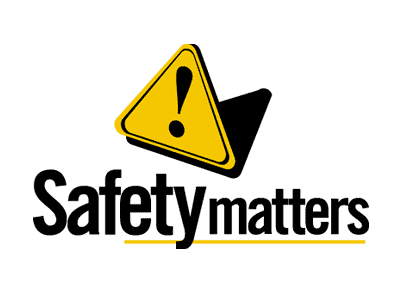
06 Oct Maintaining Appropriate Infection Control Precautions
Keeping health clinic patients and staff safe from unnecessary infection requires dedicated attention to precautionary practices. Infection control precautions are designed to reduce the risk that an infection will travel from an infected person to an uninfected person. Because people with infections are frequent healthcare clinic visitors, the clinic must maintain the highest standard of infection control precautions to prevent those illnesses from spreading to others.
Infections are Easily Shared
There are many ways that people can inadvertently share their infections, which makes preventing their spread a constant challenge:
- Airborne transmission happens when uninfected people breathe in infectious material that has been cast into the air by the infected person. Sneezing and coughing are the most common transmission causes of air-borne infections. The germs that cause airborne infections are the most challenging to protect against because they can travel on a breeze or air current to areas not known to be at risk of contamination.
- Material transmission occurs when infected tissue comes in contact with non-infected surfaces. In a clinic, these infections are spread when infected patients wipe their eyes, noses or mouths and then transfer those fluids to a surface in the hospital, such as a chair arm or the top of a reception desk. When the next person comes in contact with that surface and then touches their own face, they can contract that infection.
Common Infection Control Precautions
A comprehensive list of infection control precautions addresses the steps needed to sanitize all the known and presumed sites where infectious materials might be. Every healthcare setting, however, must also follow these basic precautionary protocols to ensure that they don’t inadvertently expose their patients to unnecessary infections:
- Hand washing
By far the most critical precaution to take is to wash one’s hands with soap and water after every encounter with a patient, regardless of whether they are showing evidence of an infection.
- Personal protective equipment
Goggles, masks, and gowns act as barriers and prevent infection transmission by preventing exposure to infectious bacteria.
- Education about hygiene etiquette
Covering one’s mouth and nose while sneezing or coughing blocks the spread of the infectious bacteria. Clinics that instruct patients and staff to sneeze or cough into their elbow or a tissue can reduce the spread of infections within their facility.
